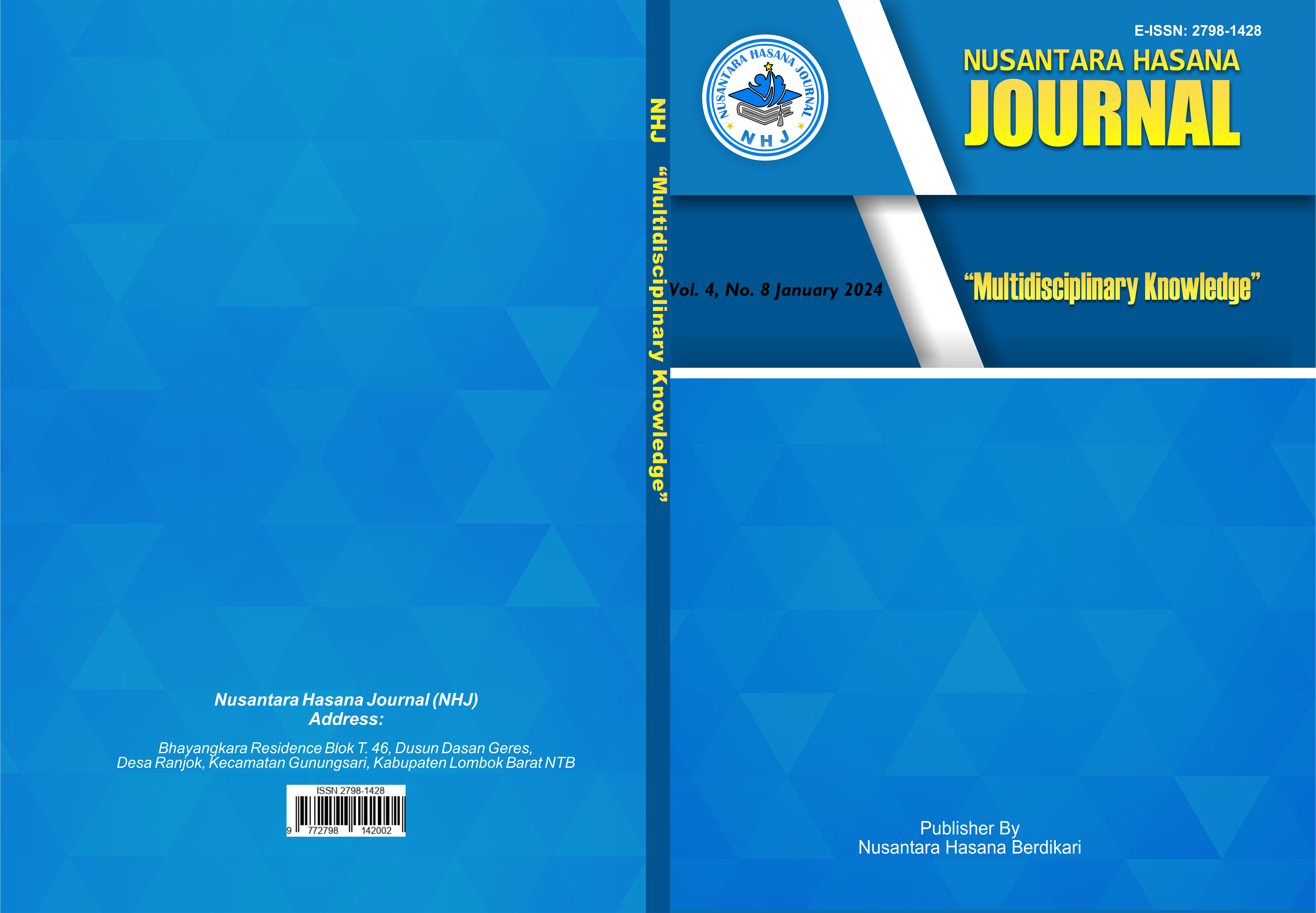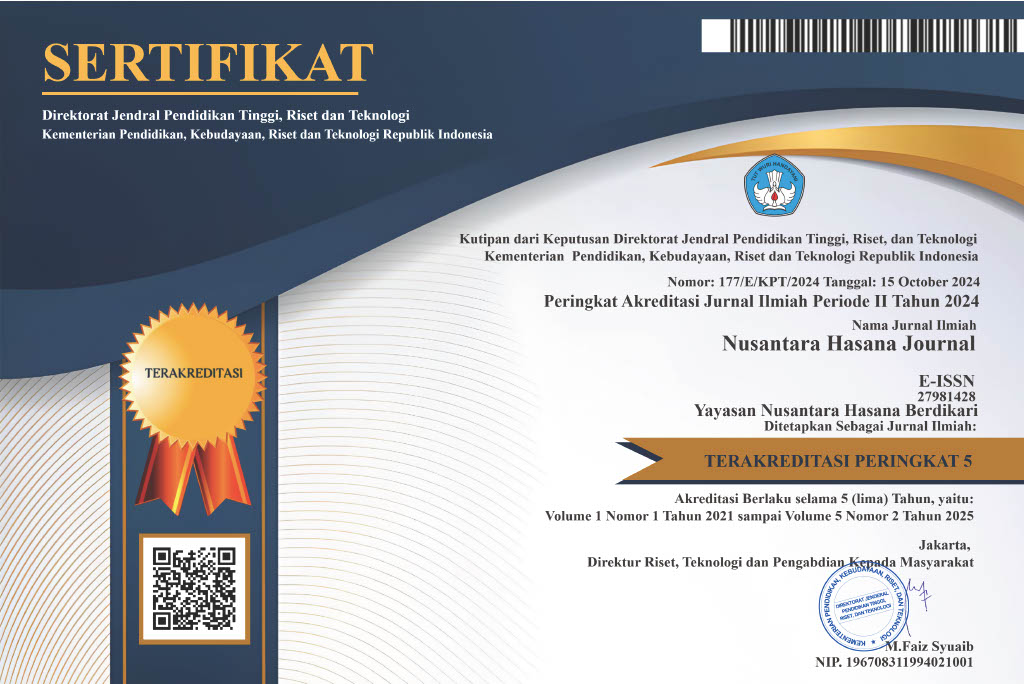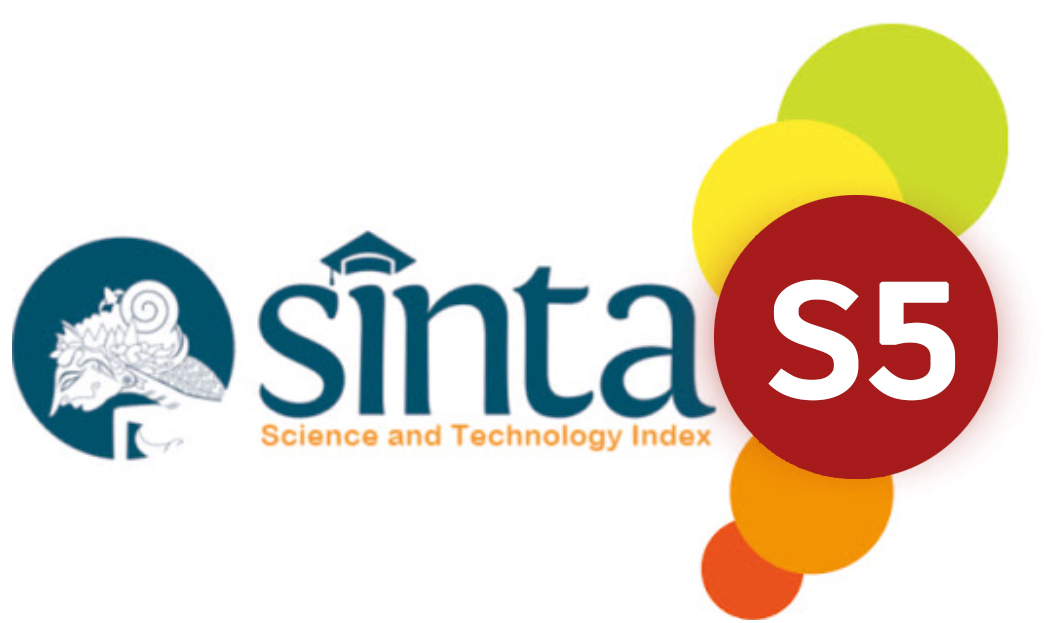ANALISIS KLASTERISASI NASABAH PENERIMA KREDIT MENGGUNAKAN METODE FUZZY C-MEANS
DOI:
https://doi.org/10.59003/nhj.v4i8.1406Keywords:
Clustering, Fuzzy C-Means Method, Bank, Customer, CreditAbstract
This study conducted clustering of credit recipient customers using the Fuzzy C-Means (FCM) method. By using this clustering technique, customers can be grouped based on certain characteristics such as monthly income, credit history, business running time, and the amount of loan applied for. The results of the study indicate that the FCM method can provide more accurate customer segmentation in assessing credit risk and assisting banks in marketing strategies and risk mitigation. Thus, this study can be used as a reference in a data-based customer management system in the banking sector. The purpose of this study is to provide accurate segmentation of credit recipient customers. The use of FCM is expected to help reduce operational costs by directing resources to the right customers.
Downloads
References
Ariffud. (2023). Apa Itu Website? Pengertian, Fungsi, Sejarah, Unsur, Jenisnya. Niagahoster Blog. https://www.niagahoster.co.id/blog/pengertian-website/
Arora, J., Tushir, M., & Dadhwal, S. K. (2023). A New Suppression-based Possibilistic Fuzzy C-Means Clustering Algorithm. EAI Endorsed Transactions on Scalable Information Systems, 10(3). https://doi.org/10.4108/eetsis.v10i3.2057.
M. Faisal, Rahman, F. Shabir and Ida, "Design and Implementation of Plantation Commodities Price Information Broadcaster via Autoreply Short Message Service on Smartphone," 2018 2nd East Indonesia Conference on Computer and Information Technology (EIConCIT), Makassar, Indonesia, 2018, pp. 212-217, doi: 10.1109/EIConCIT.2018.8878575.
Dondy Bappedyanto. (n.d.). Mengenal MySQL, Definisi, Fungsi, hingga Cara Kerjanya. Biznetgio.Com. https://www.biznetgio.com/news/apa-itu-mysql
Faradilla, A. (2023). Apa Itu PHP? Pengertian PHP untuk Pemula. Hostinger Tutorial. https://www.hostinger.co.id/tutorial/apa-itu-php/
Hernanda, M., Salma, A., Vionanda, D., & Martha, Z. (2023). Penerapan Metode Self Organizing Maps (SOM) dalam Pengklasteran Berdasarkan Indikator Pemerlu Pelayanan Kesejahteraan Sosial (PPKS) Provinsi Jawa Barat. UNP Journal of Statistics and Data Science, 1(4), 329–336. https://doi.org/10.24036/ujsds/vol1-iss4/82
Faisal, M., Rahman, T.K.A. (2023). Optimally enhancement rural development support using hybrid Multy Object Optimization (MOO) and clustering methodologies: A case South Sulawesi - Indonesia. International Journal of Sustainable Development and Planning, Vol. 18, No. 6, pp. 1659-1669. https://doi.org/10.18280/ijsdp.180602
Khang, T. D., Vuong, N. D., Tran, M. K., & Fowler, M. (2020). Fuzzy C-Means Clustering Algorithm with Multiple Fuzzification Coefficients. Algorithms, 13(13). https://doi.org/10.3390/A13070158
Faisal, M., Abd Rahman, T. K., Mulyadi, I., Aryasa , K., Irmawati, ., & Thamrin , M. (2024). A Novelty Decision-Making Based on Hybrid Indexing, Clustering, and Classification Methodologies: An Application to Map the Relevant Experts Against the Rural Problem. Decision Making: Applications in Management and Engineering, 7(2), 132–171. https://doi.org/10.31181/dmame7220241023
Murfi, H., Rosaline, N., & Hariadi, N. (2022). Deep Autoencoder-based Fuzzy C-Means for Topic Detection. Array, 13. https://doi.org/10.1016/j.array.2021.100124
Rayala, V., & Kalli, S. R. (2021). Big Data Clustering Using Improvised Fuzzy C-Means Clustering. Revue d’Intelligence Artificielle, 34(6), 701–708. https://doi.org/10.18280/RIA.340604
Wijaya, M. R., & Wibowo, G. S. (2021). Customer Segmentation berdasarkan Usia, Jumlah Kredit dan Lama Kredit Nasabah di Bank XYZ menggunakan Model K-Means Clustering. Prosiding Seminar Nasional Universitas Ma Chung, 1, 101–116. https://doi.org/10.33479/snumc.v1i.228
Faisal, M., ., I., Rahman, T. K. A. Jufri,Sahabuddin,Herlinah,& Mulyadi, I. (2025). A Hybrid MOO, MCGDM, and Sentiment Analysis Methodologies for Enhancing Regional Expansion Planning: A Case Study Luwu - Indonesia. International Journal of Mathematical, Engineering and Management Sciences, 10(1), 163-188. https://doi.org/10.33889/IJMEMS.2025.10.1.010.
Haeruddin, N. Q., Faizal, M. R., & Baharuddin, S. H. (2023). ANALISIS KINERJA WEBSITE PARAMA PELINDO MENGGUNAKAN PINGDOM TOOLS DAN PAGESPEED INSIGHTS. Jurnal Informatika Progres, 15(1), 33-40. https://doi.org/10.56708/progres.v15i1.365
Ida, Baharuddin, S. H., Faisal, M., Ramadhan, N., & Darniati. (2023). IMPLEMENTASI ALGORITMA K-NEAREST NEIGHBOR TERHADAP PENENTUAN RISIKO KREDIT USAHA MIKRO KECIL DAN MENENGAH. Jurnal Indonesia : Manajemen Informatika Dan Komunikasi, 4(1), 212-223. https://doi.org/10.35870/jimik.v4i1.163
Downloads
Published
How to Cite
Issue
Section
License
Copyright (c) 2025 Fadly Shabir

This work is licensed under a Creative Commons Attribution-NonCommercial-ShareAlike 4.0 International License.
NHJ is licensed under a Creative Commons Attribution-NonCommercial-ShareAlike 4.0 International License.
Articles in this journal are Open Access articles published under the Creative Commons CC BY-NC-SA License This license permits use, distribution and reproduction in any medium for non-commercial purposes only, provided the original work and source is properly cited.
Any derivative of the original must be distributed under the same license as the original.
























